

[HOME]
[WEB ALBUMS]
[PROJECTS]
[ARCHIVE]
[DOWNLOADS]
[LINKS]
PROJECTS
Project MK15b: Masers; NML cygni revisited
See for first time detection/description project 15.
NML Cygni; discovered in 1965 by Neugebauer, Martz, and Leighton in the Cygnus constellation>
This year it was tried to capture the source with just a drift scan going almost through the zenith.
It is easy to do with the free cfrad2,exe program.
When started, it captures and performs a fast fourier operation and after 100000 spectra have been averaged it writes the resulting bin file to disk.
That goes on for 24 hours and 288 bin files are written automatically and you can do something more important; like living.
The windows executable and the post processing in windows python can also be found here on www.parac.eu.
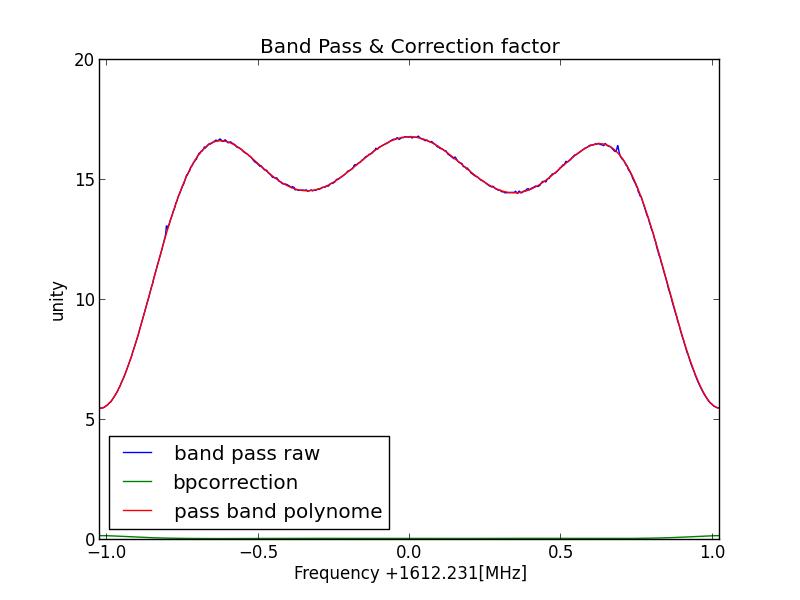
Fig.1 - zero line
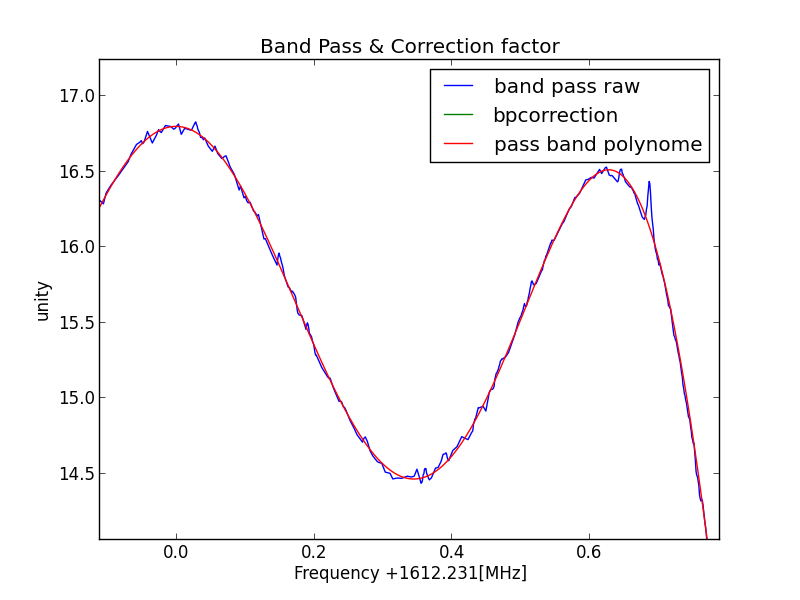
Fig.2 - zero line zoom1
The inverse of the zero line looks like this.
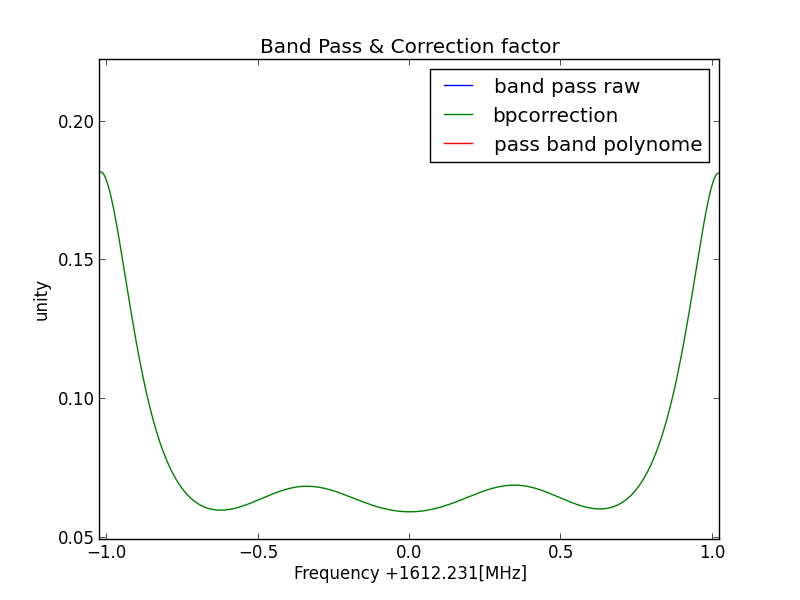
Fig.3 - inverse zero line
So, when you multiply this line with each of the next captured data, then you get a streight line and a constant amplitude if the input signal was flat like a noise source.
The result is given in the next picture; every 5 minutes a line as a result of 100000 averaged spectra.
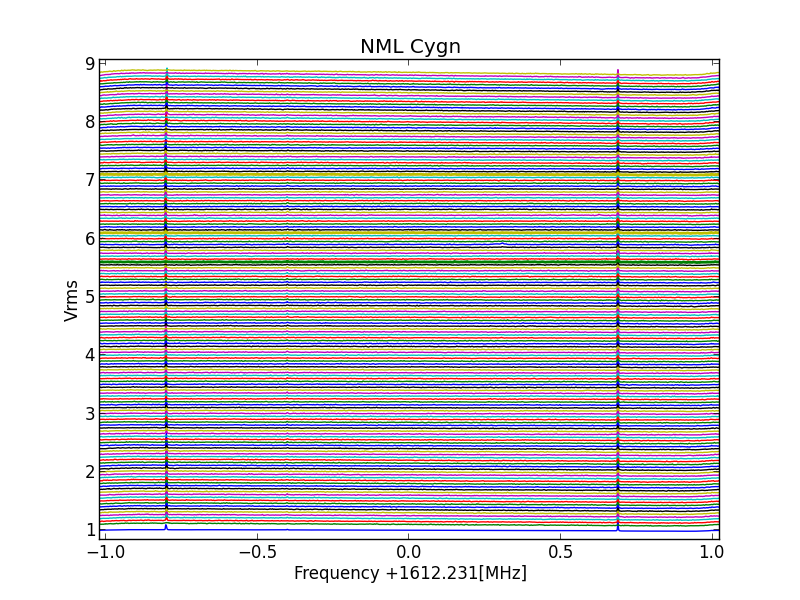
Fig.4 - all 5 minutes lines
The following morning we see that one of the lines shows a peak extra. The constant RFI left and right is not interesting. Zooming in once;
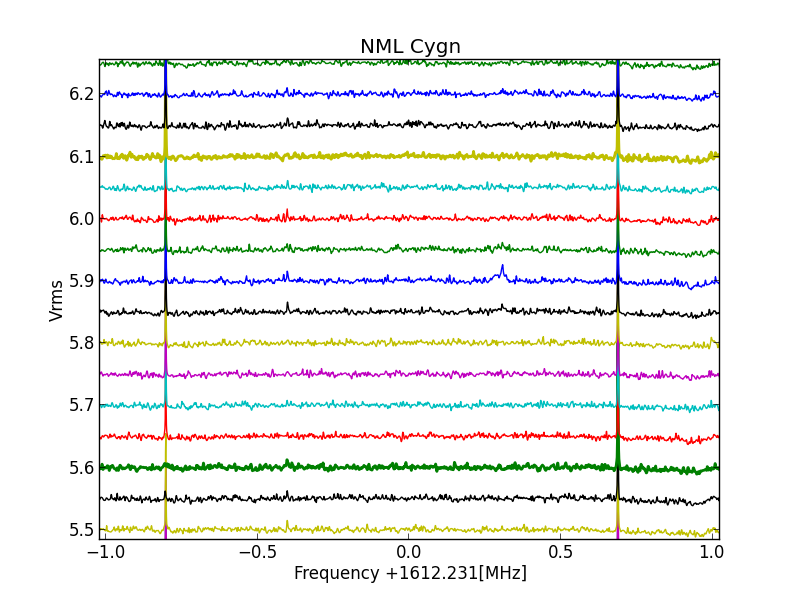
Fig.5 - result of just 5 minutes of integration
Zooming in gives us following result.
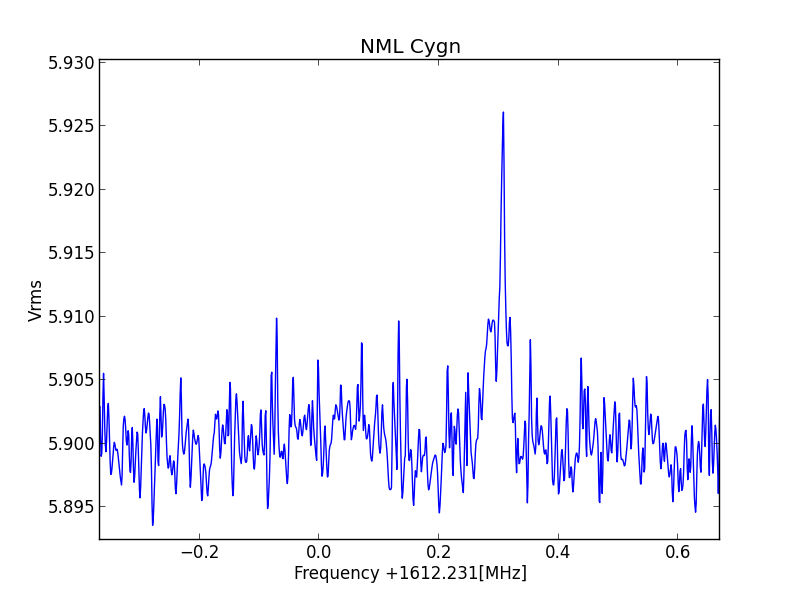
Fig.6 - result of just 5 minutes of integration zoom2
As mentioned in other projects, the principle of masing is illustrated in the following picture.
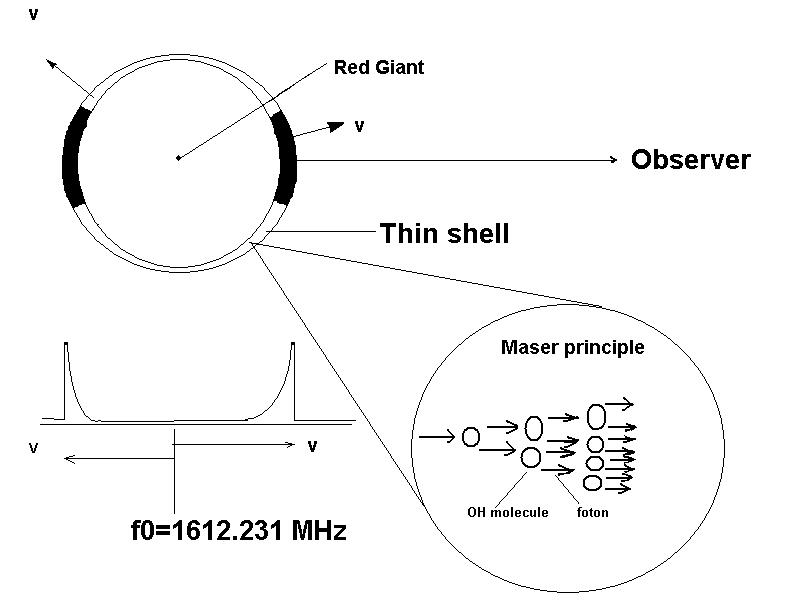
Fig.7 - Principle of a masing shell round a red giant
Normally we see a the red giant pulsating, and the pulsating illuminates also the shell.
Because the masing signal from the far side takes longer to reach us then the closest part, the amplitude lags behind.
Now this is very convenient for astronomers, because now you can calculate the time lag (phase difference) and because the signals travel with the spped of light, the diameter of the shell can be calculated.
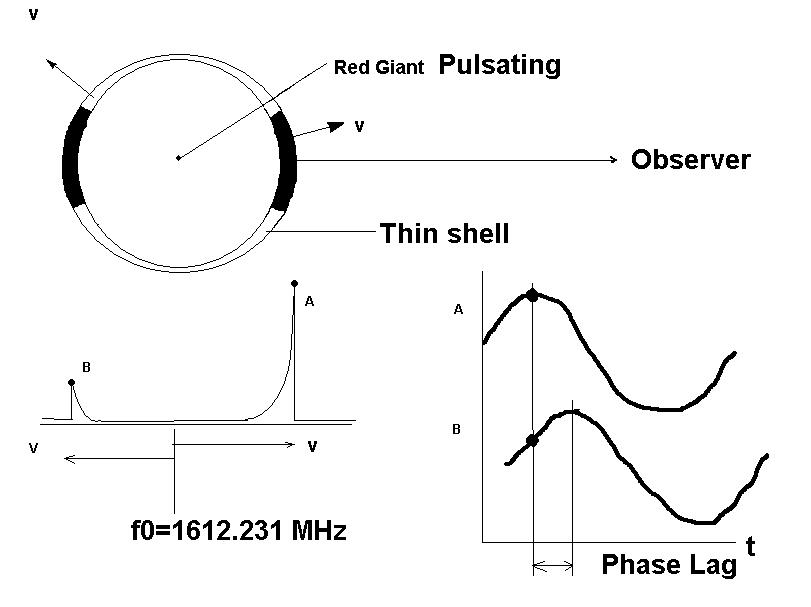
Fig.8 - Principle of phase lag and calculation of the shell diameter
Problem was, the signals of NML Cygni do not pulsate, there must be another reason why the signals are constant in this case.
It was found that the shell is illuminated also by other stars in the group. That is also the reason that the signals are relative strong in comparation to other pulsating radio stars, and so amateurs can more easily capture this event.
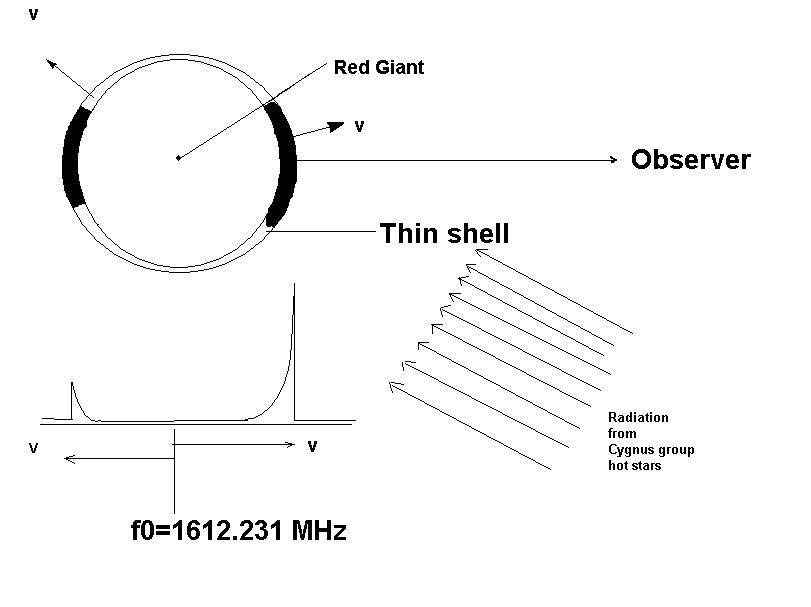
Fig.9 - Extra irradiation from neighbouring stars
Michiel Klaassen november 2016